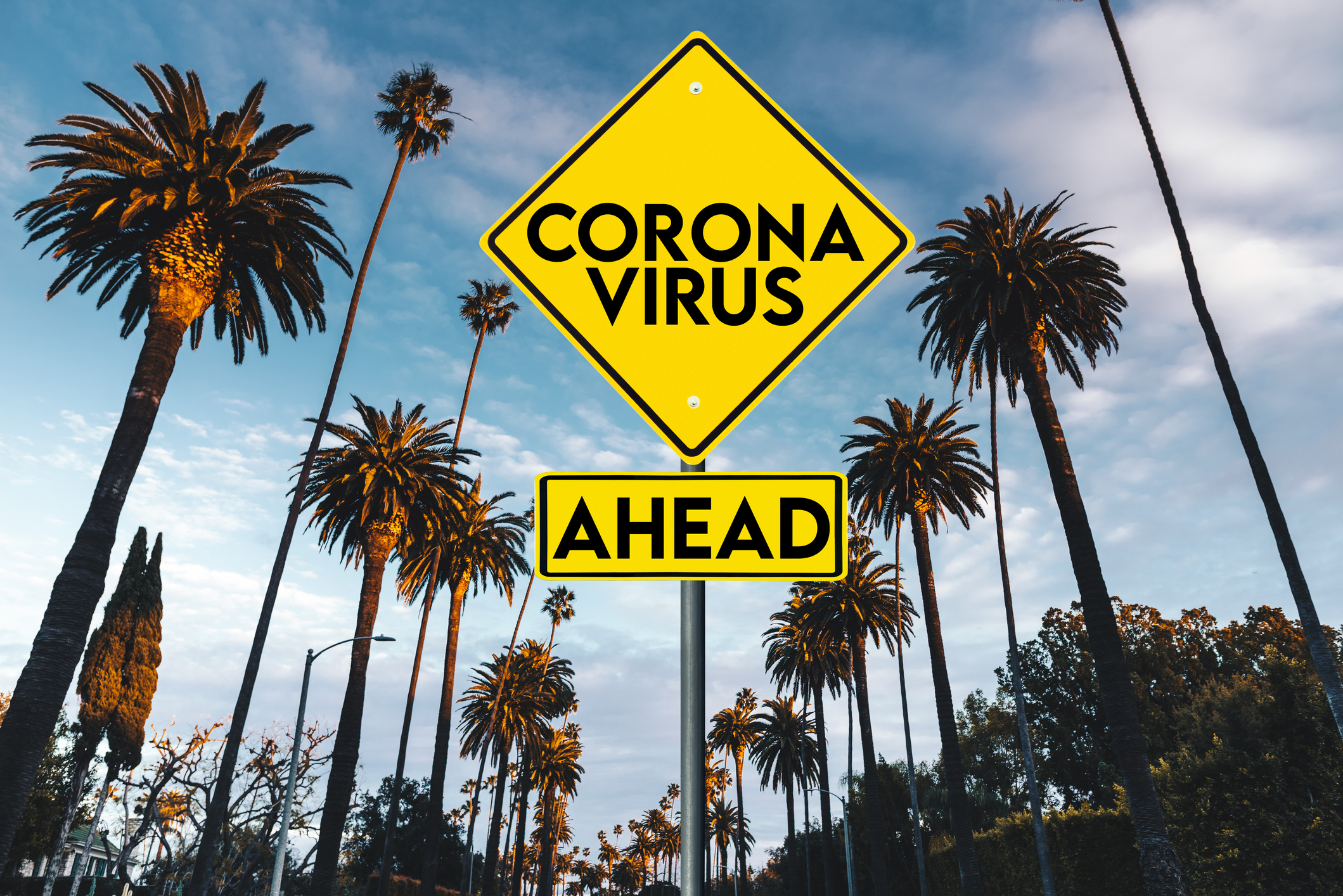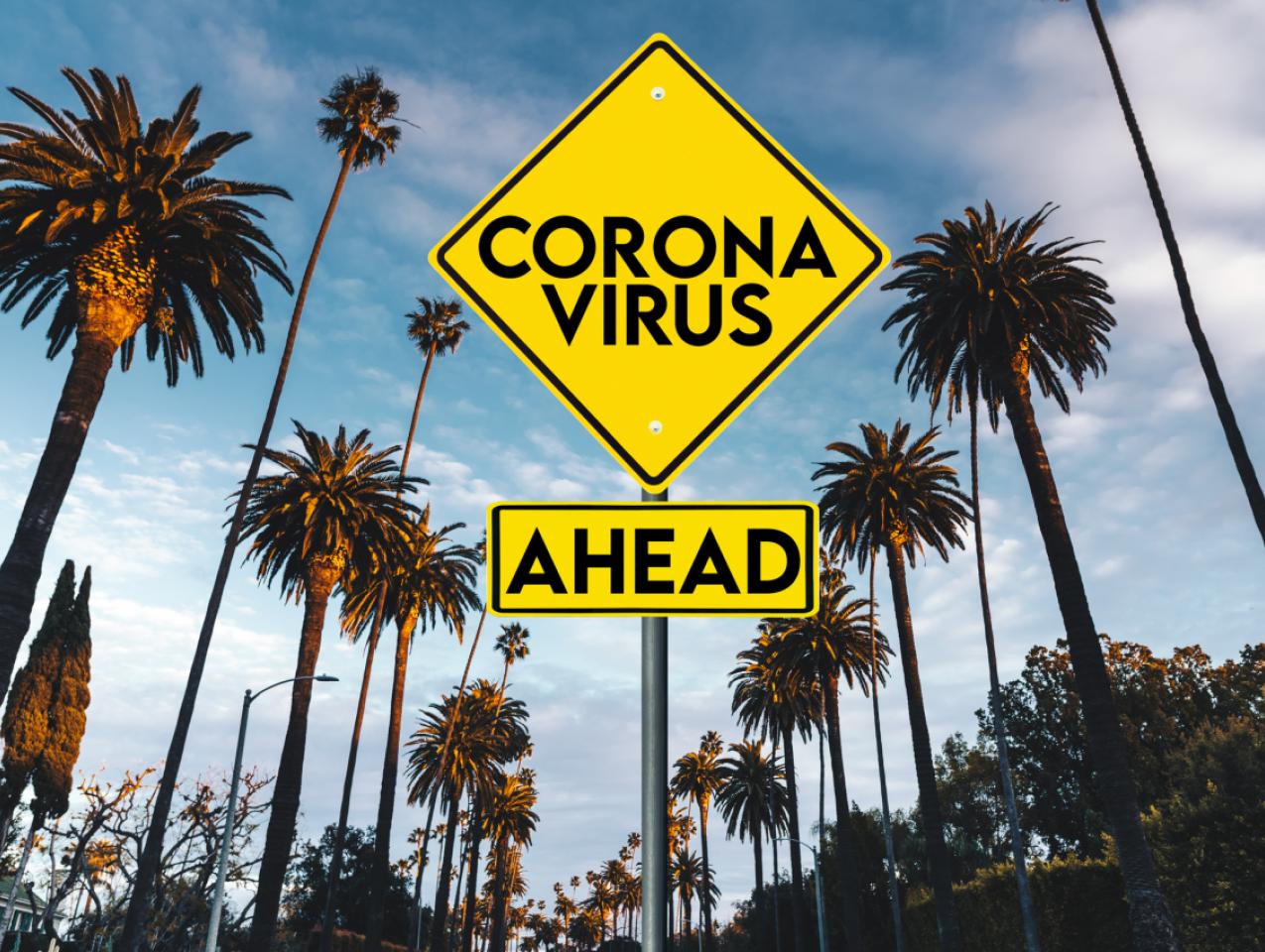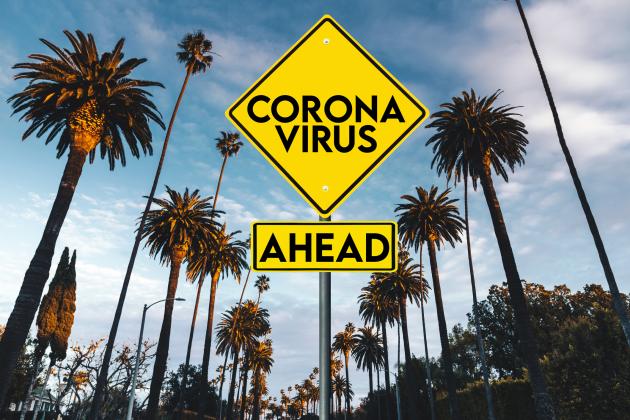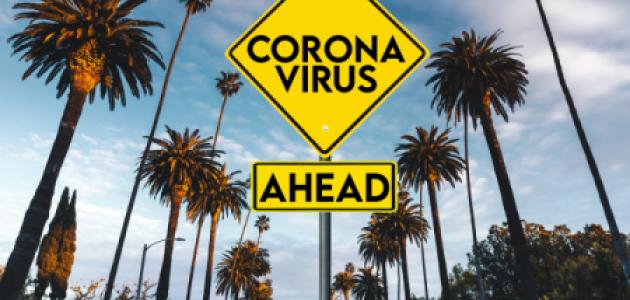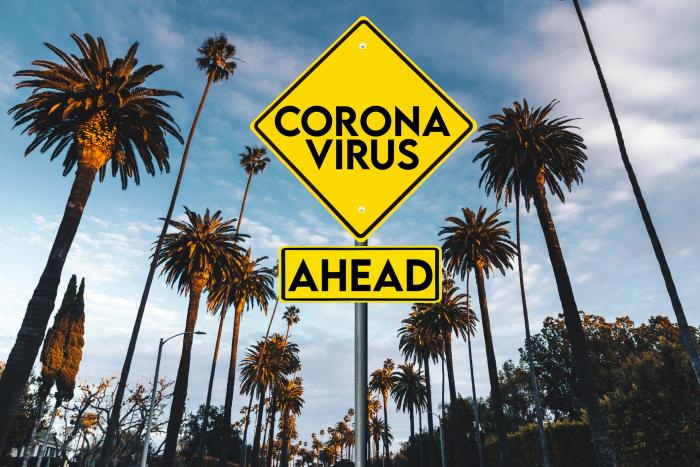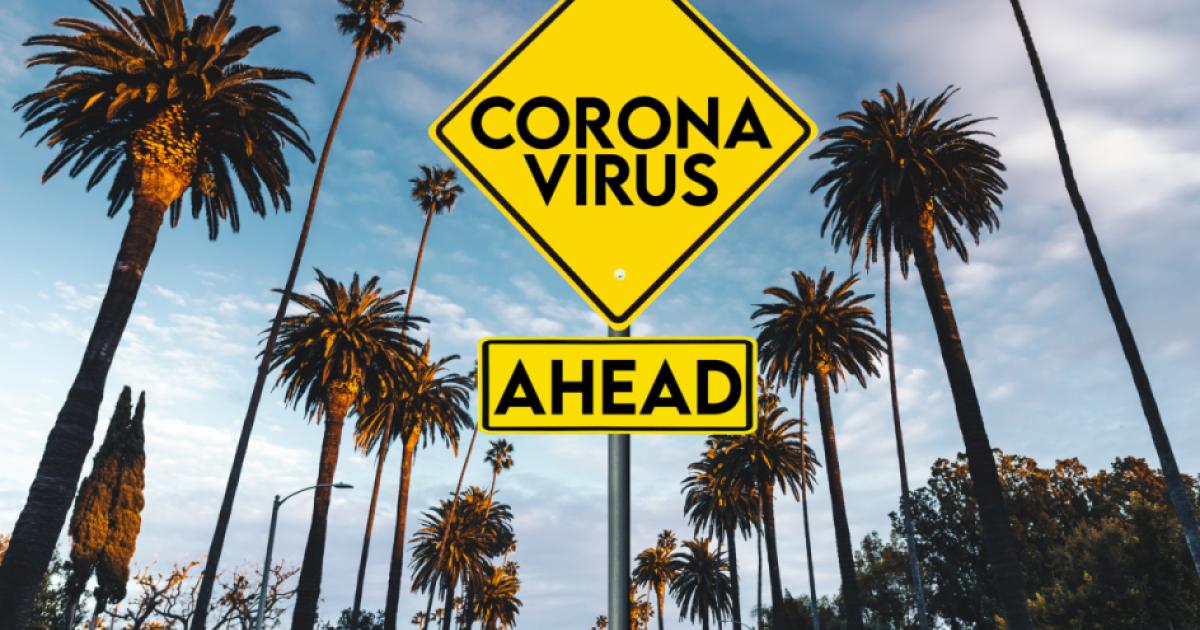- Politics, Institutions, and Public Opinion
- State & Local
- California
California’s political paradox is that voters chronically elect politicians who double down on the failed policies of their predecessors. This means that California’s major economic problems—housing affordability and homelessness, cost of living and the highest poverty rate in the country, inadequate water supply, wildfires, underperforming schools, failing infrastructure, unsustainable pensions, the list goes on—continue to deteriorate. There are straightforward, nonpartisan solutions to these problems, but the state’s Democratic Party, which has dominated California politics for years, refuses to accept the economic realities required to solve these problems.
But in what might be a Wizard of Oz moment, the pandemic is opening the proverbial curtain to reveal the policy mistakes that have created these economics failures. Voters are now beginning to connect the dots between failed policy choices and their standard of living, which could be so much higher with better political leadership.
The “dot connecting” begins at the top with Gov. Gavin Newsom. In just over two years, Newsom has gone from being elected by the widest margin in California history to fighting for his political life. Newsom almost surely faces a recall, which is triggered when at least 12 percent of registered California voters sign a recall petition. A recall will require almost 1.5 million validated signatures, but with over 2.1 million signatures to the petition, this minimum number will almost certainly be surpassed. And even though the worst of the pandemic has passed, 40 percent of voters support recalling Newsom, well above the share of Republicans in the state.
How did voters turn on Newsom so quickly? According to Newsom and the state’s Democratic Party, the recall effort is an unprincipled and undemocratic partisan power grab that is being engineered by White supremacists, including the Proud Boys and QAnon. Newsom adviser Ace Smith stated, “You can choose to be on the side of right-wing conspiracy theorists or people who actually have a vision to move the state forward.”
California’s Democratic Party made two critical mistakes. The first was denigrating over two million Californians who signed the petition and who are supposed to be represented and respected by politicians as much as those who did not sign the petition. The second was not listening to voters. Only 46 percent approve of Newsom’s job as governor, despite the fact that California is the bluest state in the country.
The reason Governor Newsom is facing a likely recall is his job performance, plain and simple. Even before the pandemic, Newsom was not moving the needle on any of California’s major economic problems that are devastating millions, primarily the most vulnerable. Homelessness and housing affordability became even worse, as the number of housing starts in 2019 was 80 percent below Newsom’s building goal. Over 14 million people are living at or near the poverty line. School performance remains deficient, as only 10 percent of Black students and 15 percent of Hispanic students are proficient or better in mathematics. Wildfires are so severe that their carbon emissions alone have offset most and perhaps all of the very expensive carbon reductions achieved in the state. California’s Medicaid system (Medi-Cal) continues to deliver substandard quality of health care, particularly for children.
As the pandemic has unfolded over the last year, voters are beginning to understand the poor policies being implemented by their elected representatives, as existing problems became even more acute and as new problems arose.
The IT system of California’s Employment Development Department is so ancient that about one-third of unemployment claims during the pandemic have been fraudulent, including $810 million paid out to 45,000 prison inmates. Benefits also have been paid to those as old as 120 years, to a one-year-old infant, and to a person impersonating Senator Dianne Feinstein.
The employment department had been warned before any of this that it was vulnerable to fraud but did not take steps to address this until six months into the pandemic, finally noticing that some addresses were receiving dozens of unemployment checks. Meanwhile, legitimate unemployment claims were backlogged, and even after months of efforts to patch the IT system, over a million claims remained backlogged as of last month. It is hard to convince voters that the status quo is the party of vision and growth when the most basic and important functions of government fail so spectacularly.
Voters have been frustrated with confusing, on-again, off-again economic shutdown protocols that yielded the country’s highest unemployment rate during the pandemic outside of Nevada and Hawaii, both of which generate an enormous amount of economic activity from the travel industry, which largely came to a standstill during the last year. It is hard to see how California’s engineered depression was worth the cost. California’s economic shutdown yielded a COVID-19 fatality rate only slightly lower than the national average and equal to the rate in Florida, which implemented a much less severe economic shutdown.
As the nation began to recover from the pandemic with vaccine availability, Californians were understandably disappointed with the state’s distribution performance, which was among the worst in the country. Performance didn’t improve until distribution was ceded to Blue Shield. Yes, California’s state and local governments were not up to the most important public health task they have faced in decades.
With each of these failures, voters are beginning to see that the party that calls itself progressive is anything but that. California’s Democratic Party is just another case of old-school politics in which politically connected elites reap the benefits of cozy quid pro quos while everyone else pays for those benefits. And the pandemic shows that these costs can be extremely high.
AB 5, the recently enacted law that prevents many individuals from working as independent contractors, was enormously costly last year as unemployment soared. The misguided purpose of the law was to push independent contractors into formal employer-employee relationships that almost none wanted, in order to support unions, whose eyes bulged at the possibility of hundreds of thousands of new employees to try to organize into collective bargaining. But as unemployment jumped, this became a nonstarter.
Republican legislators worked hard to address this issue, ranging from temporarily postponing the law to changing it to accommodate the difficulties arising from the pandemic. But Governor Newsom and Democratic legislators wouldn’t budge on modifying AB 5 and chose instead to impose the penalty of unemployment on thousands of workers.
Perhaps the most important revelation to workers has been the failure of the state to bring teachers back to classrooms, as children and their parents have suffered from the process of remote learning. California is forty-eighth in the country in reopening schools as teacher unions, the Democratic Party’s most important political supporter, have made demands ranging from helping manage vaccine distribution to ending systemic racism to free child care for teachers. Apparently, the best that Newsom and the party could negotiate is maybe reopening schools in the fall—still to be determined, depending on the mood of the unions.
Before the pandemic, the politically powerful teacher unions, who are an enormous impediment to sensible reforms regarding modifying teacher tenure and implementing merit-based pay, were able to hide behind the teachers they represent, teachers who are appreciated by parents. But now, parents are fed up with remote learning and understand that teacher unions are not their friends but are a part of the political elite, some of whose executives earn salaries in the neighborhood of $500,000 per year. And at least some of whom likely send their children to private schools, most of which opened some time ago.
You may ask why teachers don’t push back on the union. Some do privately and are met with enormous resistance. Others are going public, making strong stands against unions that they feel don’t represent the best interests of students or teachers. And they are right.
Where does the state go from here? The Democratic Party’s hope is that Newsom survives the recall and that voters forget all about the party’s failures during the pandemic. But the continuation of the status quo, to draw on Yogi Berra, would just be more of the same failings. Even higher home prices. More homelessness. Significantly underperforming schools. One of the worst business climates in the country. Crumbling roads and dams.
The question becomes whether this strategy will work for Democrats. It may not, because Republican candidates now can run without the baggage of Trump—and in California, this is an enormous plus. It is also a big negative for Democrats who previously seemed to be able to win by yelling loudly enough about how much they disliked Trump. Candidates with sensible economic ideas and who have solutions to the issues that voters care about can win. In California? Yes, because 63 percent of California voters identify as moderate or conservative. It all boils down to the quality of the other candidates running.
Assuming the recall goes forward, former San Diego mayor Kevin Faulconer is a candidate with excellent proposals and qualifications. Faulconer, who had a high approval rating in a large, heavily Democratic city, was popular because he was able to make significant progress on several of the chronic problems that the state has failed to address. And Faulconer is a candidate who has demonstrated he can appeal to those outside the Republican Party. California may have a chance after all.







